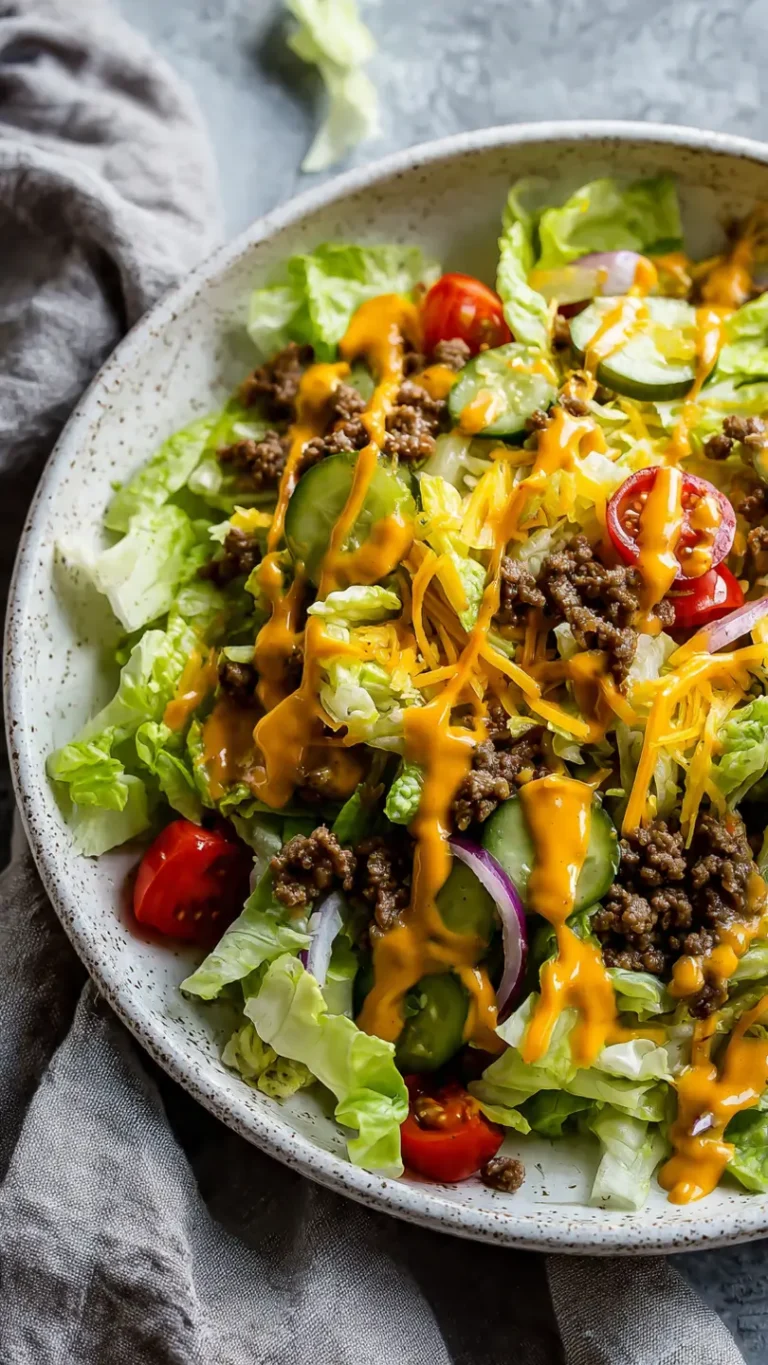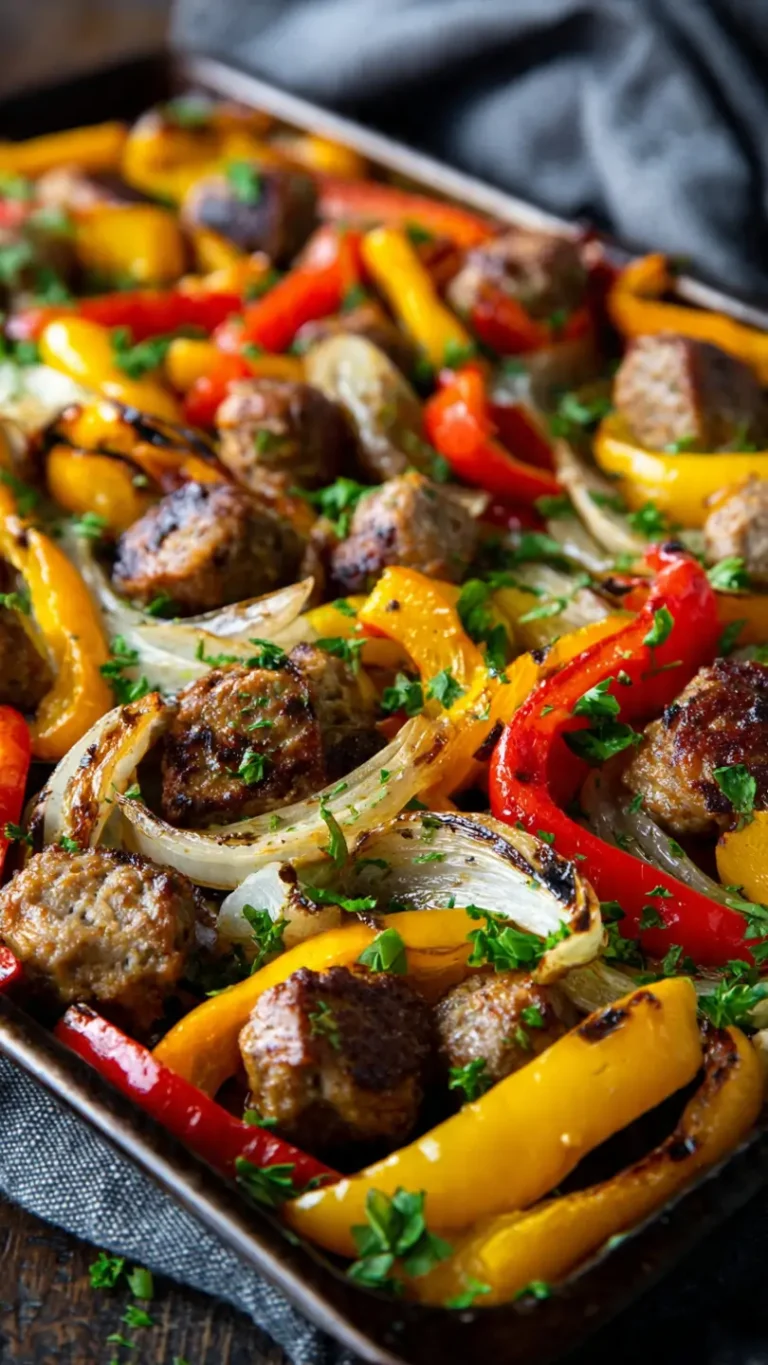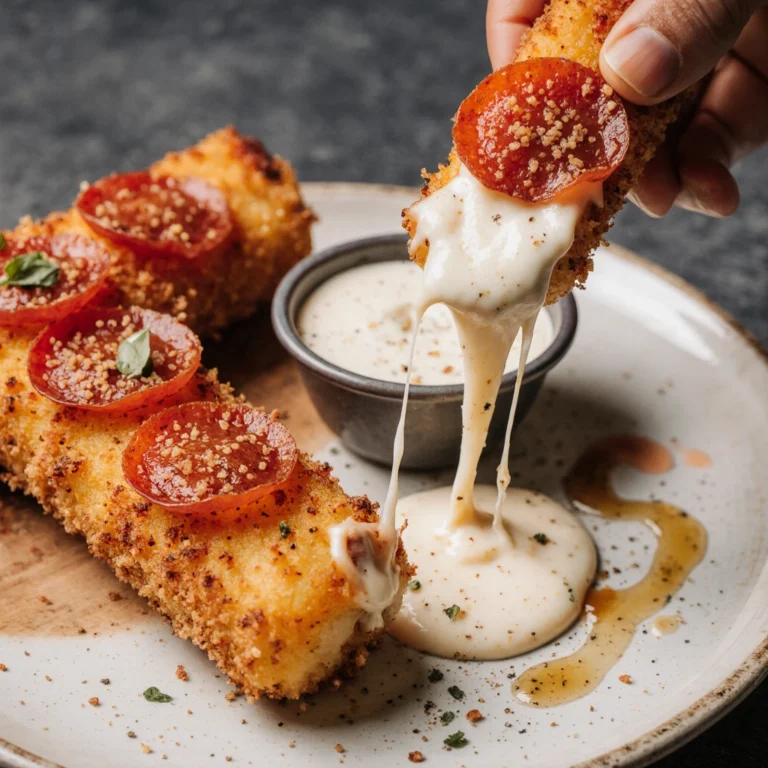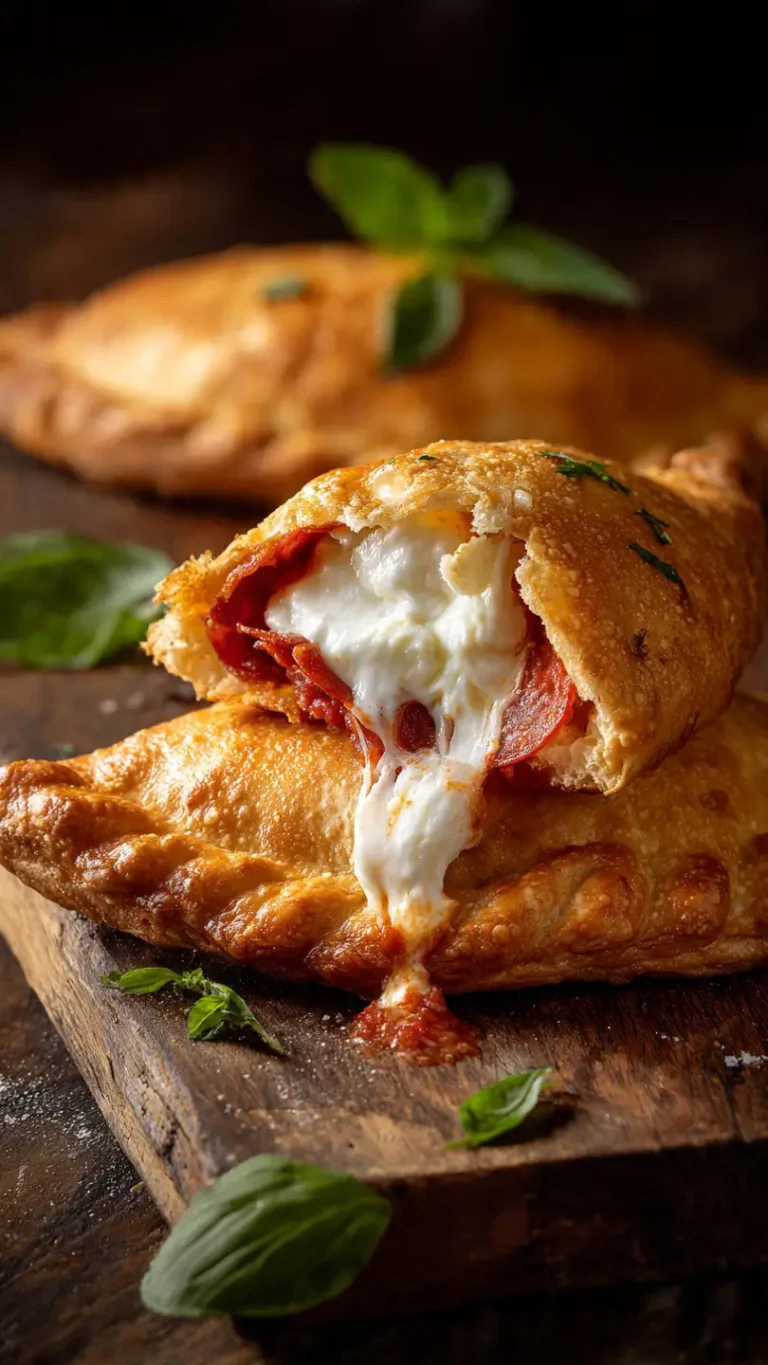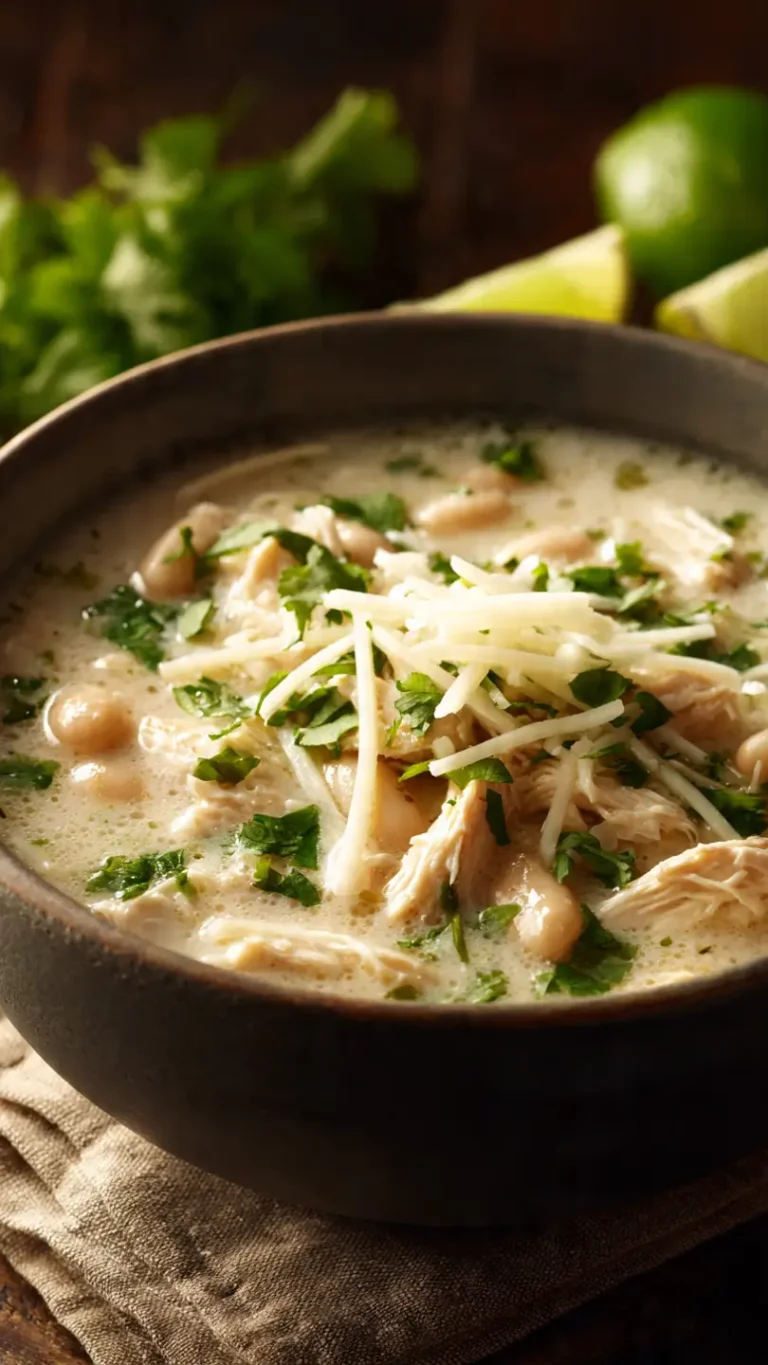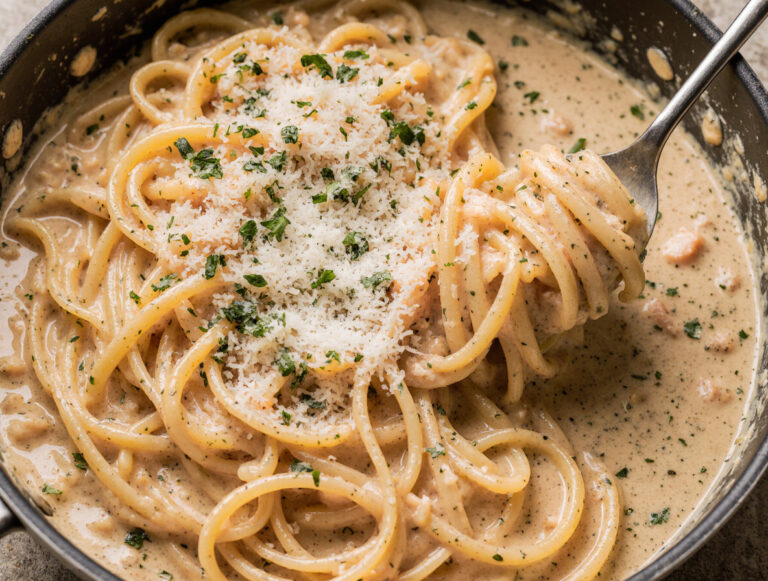How to Make Smooth and Delicious Pumpkin Puree at Home: The Ultimate Guide for Perfect Pumpkin Recipes

Have you ever wondered what makes the perfect pumpkin puree for your favorite autumn recipes? Pumpkin puree is the essential star ingredient in everything from creamy soups and luscious pies to hearty breads and even smoothies. Yet, many home cooks struggle with achieving the smooth texture and vibrant flavor that store-bought cans promise. Is fresh pumpkin puree the secret to elevating your dishes and unlocking deeply rich, natural pumpkin flavor? In this guide, we’ll explore the art of making homemade pumpkin puree, debunk common myths, and share foolproof tips for the best results. Whether you’re a seasoned chef or a curious beginner, learning to make pumpkin puree can transform your cooking — all while engaging with seasonal produce in the most sustainable, delicious way.
Table of Contents
Ingredients List
To make fresh pumpkin puree, you only need a few simple ingredients — and there are friendly substitutions if you’re catering to different dietary needs or taste preferences.
- 1 large sugar pumpkin (also called pie pumpkin) or approximately 3–4 pounds of pumpkin flesh
(Avoid jack-o’-lantern pumpkins as they tend to be watery and less flavorful.) - Optional: 1-2 tablespoons olive oil or melted butter (for roasting, adds richness)
- Water, as needed (to adjust consistency)
- Optional spices for flavoring (cinnamon, nutmeg, ginger) — use these if incorporating puree into recipes later
Substitutions & Dietary Swaps:
- Use kabocha squash or butternut squash for a sweeter, nuttier puree variant.
- For a vegan or paleo pumpkin puree, skip butter and opt for olive oil or simply roast without added fat.

Timing
- Preparation time: 10 minutes (cleaning & cutting the pumpkin)
- Cooking time: 45-60 minutes (roasting or steaming until tender)
- Total time: About 1 hour to 1 hour and 10 minutes
Roasting the pumpkin tends to intensify the flavor with caramelized notes, much like roasting sweet potatoes — perfect for autumn dishes. Steaming is faster but yields a lighter flavor profile comparable to boiled vegetables. Choose your method based on time and taste preference.
Step-by-Step Instructions
Step 1: Prep Your Pumpkin
Start by thoroughly washing the pumpkin skin. Using a sharp chef’s knife, carefully cut off the top and bottom so it sits flat. Then cut the pumpkin in half and scoop out the seeds and fibrous strings with a spoon. Save the seeds for roasting if you like a crunchy snack later!
Step 2: Roast the Pumpkin
Preheat your oven to 375°F (190°C). Place the pumpkin halves cut side down on a baking sheet lined with parchment paper. Optional: Brush lightly with olive oil for extra flavor. Roast for 45-60 minutes, until the flesh is fork-tender and soft. The skin will turn a bit wrinkly.
Pro Tip: Roasting caramelizes the sugars in the pumpkin, bringing out the rich, nutty flavor that canned pumpkin can’t match.
Step 3: Scoop and Puree
Allow the pumpkin to cool enough to handle safely, then scoop the tender flesh away from the skin. Add the flesh to a food processor or high-speed blender. Puree until silky smooth. If it’s too thick, add a small amount of water to loosen the consistency.
Alternative
If short on time, peel, cube, and steam pumpkin pieces for 20-30 minutes until soft, then puree.
Step 4: Strain Excess Liquid
If your puree seems watery, strain through a fine mesh sieve or cheesecloth to achieve a thicker texture — ideal for pumpkin pies and breads.

Nutritional Information
Homemade pumpkin puree is low in calories yet rich in nutrients, making it a healthy addition to many recipes:
- Calories: Approximately 80 kcal per cup (245g)
- Carbohydrates: 19g
- Fiber: 7g (excellent for digestion)
- Protein: 3g
- Fat: 0.5g (depending on preparation method)
- Vitamins: Rich source of Vitamin A (over 200% DV), Vitamin C, and potassium
- Antioxidants: Beta-carotene, lutein, and zeaxanthin for eye health
Healthier Alternatives
Keep your pumpkin puree nutritious without sacrificing flavor by experimenting with these swaps:
- Use olive or avocado oil instead of butter to keep it heart-healthy.
- Opt for organic pumpkins to reduce pesticide exposure.
- Sweeten naturally with maple syrup or dates instead of refined sugar when incorporating in desserts.
- Add pureed carrots or sweet potatoes to boost fiber and antioxidants.
Serving Suggestions
Pumpkin puree is incredibly versatile and pairs beautifully with seasonal flavors. Try these tasty ideas:
- Swirl it into oatmeal or yogurt for a cozy breakfast.
- Mix with Greek yogurt and spices for a healthy pumpkin dip.
- Use as a base for pumpkin soup — add roasted garlic, thyme, and a splash of cream or coconut milk.
- Stir into pancake or waffle batter for fall-inspired brunches.
- Blend with cream cheese and spices for a luscious pumpkin cheesecake filling.
For holiday meals, serve alongside roasted meats with sage and rosemary or add it to stuffing for a subtle sweetness boost.
Common Mistakes to Avoid
- Choosing the wrong pumpkin: Avoid carving pumpkins due to watery flesh; use sugar or pie pumpkins.
- Not removing fiber strings properly: They can make puree stringy, so scoop thoroughly.
- Skipping the roasting step: Roasted pumpkin puree has a richer flavor than boiled or steamed.
- Not drying puree adequately: Excess moisture ruins texture in baked goods; strain if needed.
- Over-processing: Puree should be smooth, but over-blending can heat the mixture and alter texture.
Storing Tips
- Store pumpkin puree in an airtight container in the refrigerator for up to 5 days.
- For long-term storage, freeze in ice cube trays and transfer frozen cubes to a sealed bag—perfect for portion control and quick thawing.
- Thaw frozen puree overnight in the fridge or gently warm on the stove.
- Label containers with date to keep track of freshness.
Conclusion
Making your own pumpkin puree is easier than you think and elevates your fall cooking to a whole new level. Controlling texture, flavor, and freshness ensures your recipes shine. Next time you cook pumpkin pie, soup, or muffins, skip the can and enjoy the natural goodness of homemade pumpkin puree. Don’t forget to share your pumpkin success stories or ask questions in the comments below — and sign up for our newsletter to get more seasonal kitchen tips straight to your inbox!
FAQs
Q1: Can I use canned pumpkin puree instead of fresh?
Yes, canned pumpkin is convenient and consistent in texture but often lacks the fresh, roasted flavor of homemade puree. It’s perfect for quick recipes or when fresh pumpkin isn’t available.
Q2: How do I know when the pumpkin is fully cooked for pureeing?
The pumpkin flesh should be fork-tender and easily pierced. Overcooking can cause excess wateriness, so roast until just soft.
Q3: Can I make pumpkin puree without a food processor?
Absolutely! After roasting and cooling, you can mash pumpkin with a fork or potato masher, although the texture will be chunkier.
Q4: How long can I store homemade pumpkin puree?
Refrigerated pumpkin puree lasts about 5 days. Frozen, it stays good for up to 3 months.
Q5: What are the best pumpkins for making puree?
Sugar pumpkins or pie pumpkins are ideal due to their sweet, dense flesh. Avoid decorative pumpkins used for carving.

